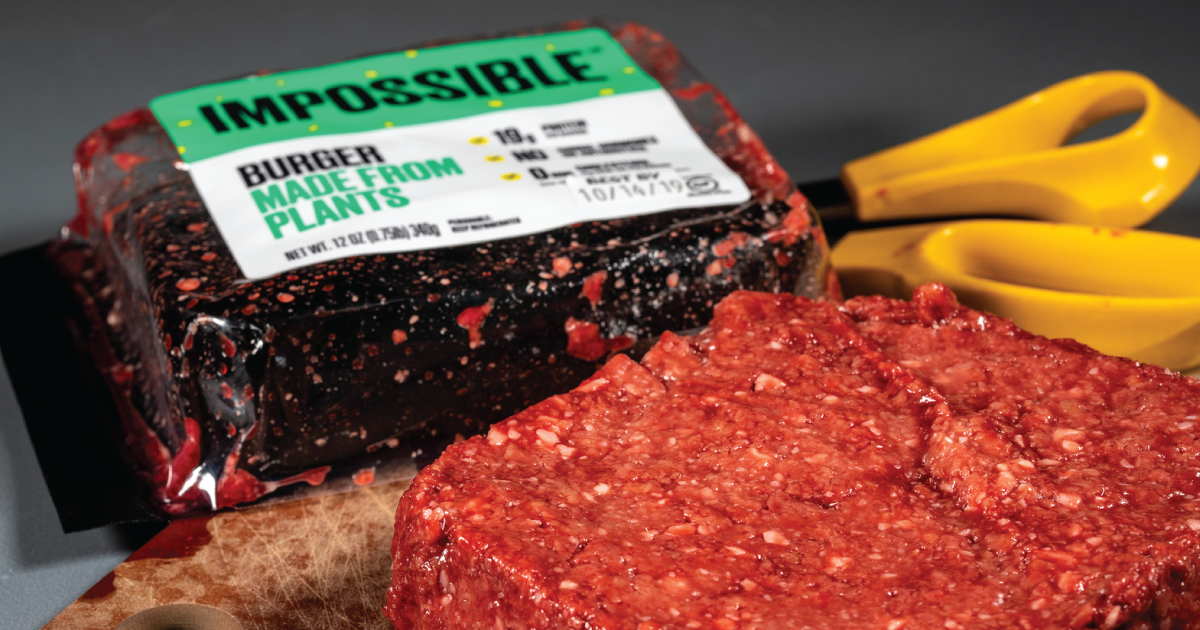
Fake Blood Additive in Impossible Burger Not Properly Safety Tested by FDA, Food Safety Group Says
On Jan. 28, the Center for Food Safety filed a legal brief in its challenge to the U.S. Food and Drug Administration’s (FDA) 2019 approval of soy leghemoglobin (heme), a color additive used to make Impossible Foods’ eponymous plant-based burger, the Impossible Burger, appear to “bleed” like real meat.
January 29, 2021 | Source: The Defender | by Center for Food Safety
Center for Food Safety says FDA didn’t conduct adequate testing of the genetically engineered color additive used to make the Impossible Burger appear to “bleed” like real meat.
On Jan. 28, the Center for Food Safety filed a legal brief in its challenge to the U.S. Food and Drug Administration’s (FDA) 2019 approval of soy leghemoglobin (heme), a color additive used to make Impossible Foods’ eponymous plant-based burger, the Impossible Burger, appear to “bleed” like real meat.
The novel heme colorant is produced in genetically engineered (GE) yeast, and is modeled on a protein found in the roots of soybean. The GE heme is actually a color additive preparation that also contains over a dozen yeast proteins. Because GE heme is new to the human diet, and substantial quantities are added to the Impossible Burger, FDA should have required extensive safety testing before approving its use as a color additive, as required by law.
“FDA approved soy leghemoglobin even though it conducted none of the long-term animal studies that are needed to determine whether or not it harms human health,” said Bill Freese, science policy analyst at Center for Food Safety.
